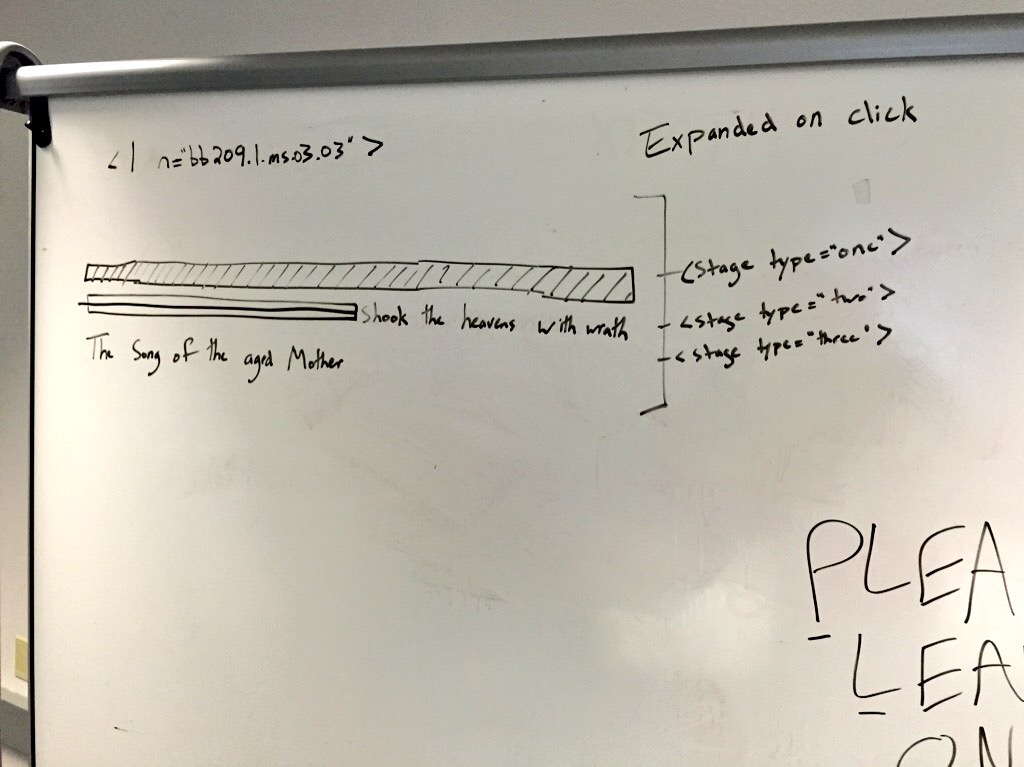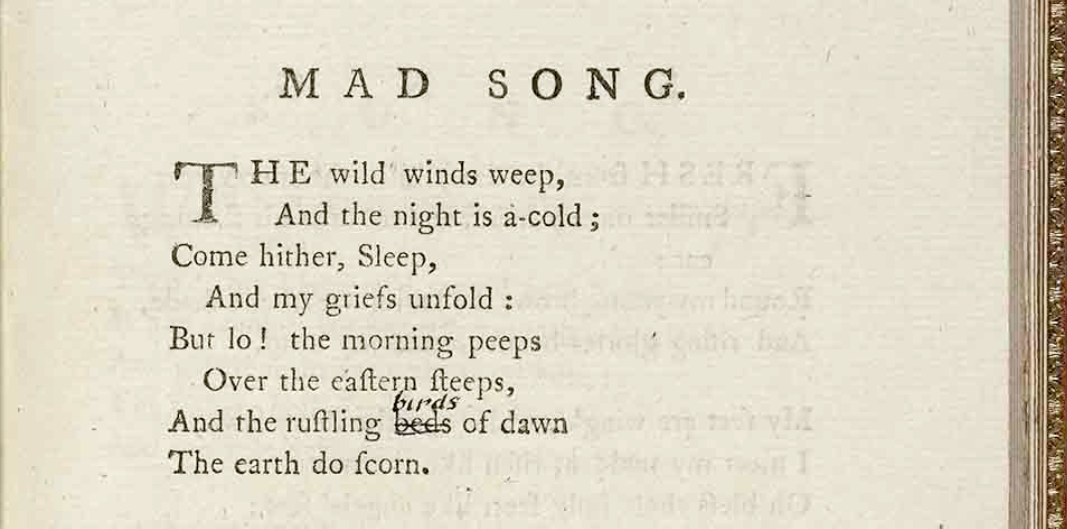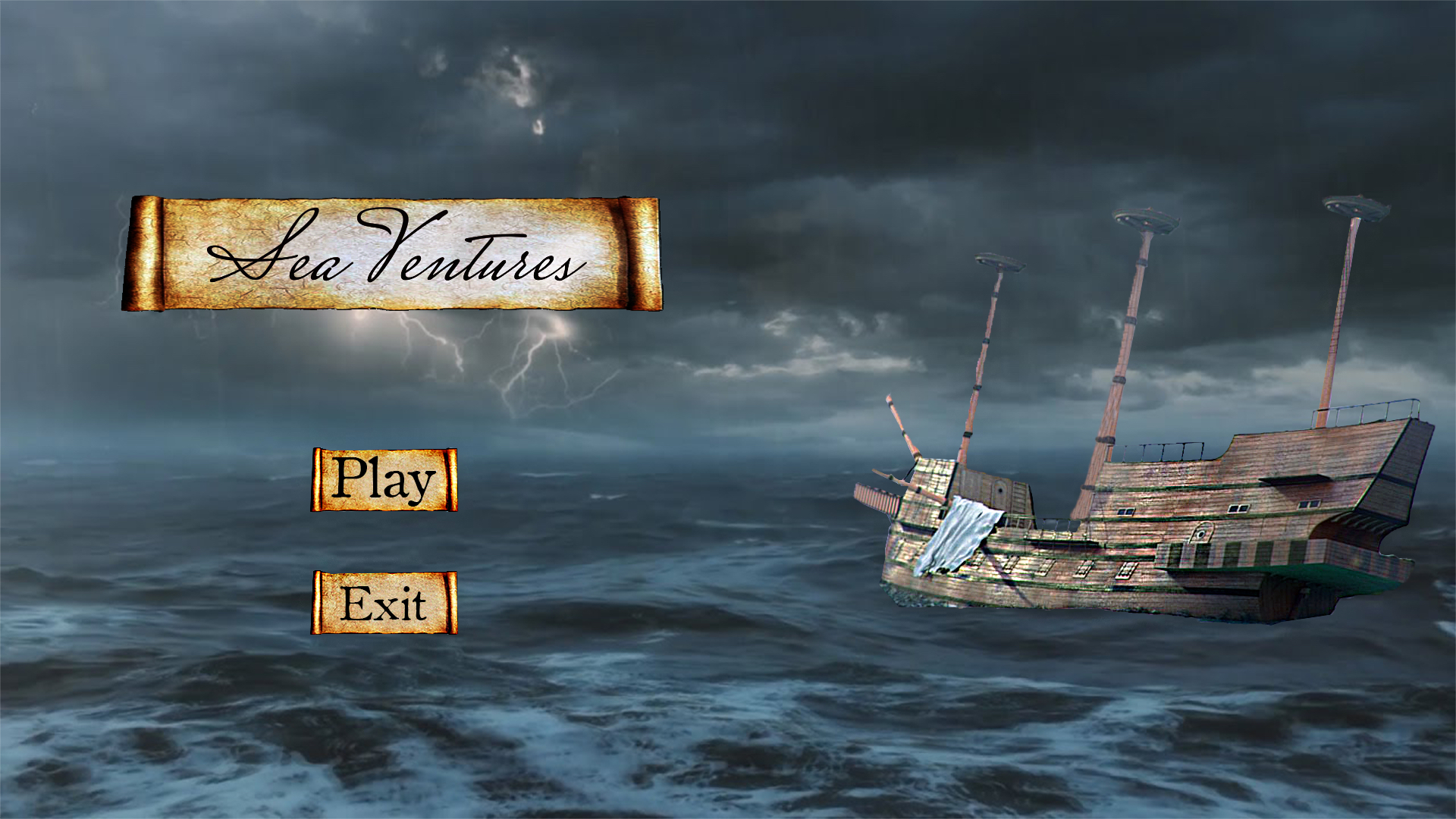Behold, a masterpiece of the dry erase medium:

So what we have here is a drawn mockup of where our Four Zoas prototype is headed. It’s a layered transcription display that will expand lines on mouse click to simulate the manuscript’s textual composition. Much more on that later.
For now, a couple thoughts on this pretty shoddy drawing that is currently taking up space in the Digital Humanities Center of Rush Rhees.
First, when working collaboratively, communication is key. The point of this whiteboard drawing was to help our library’s resident programmer, Josh Romphf, see what our XML markup was aiming it for the eventual transformation that he would be building. Hey, it worked.
Second, as more and more scholars and students add “DH” to their lists of interests, it’s crucial to learn the language of the labor involved. Some DH-ers will also be expert programmers; most will never be. That’s ok. However, maintaining a working knowledge of the technology your humanistic research might encounter is the key to working effectively with programmers, “technical editors,” etc. Not only will one be able to articulate a project’s needs more clearly, research planners can better anticipate these needs and proactively shape a project accordingly.
In other words, knowing how the technology works can help you ask better questions of your field. It’s less about “fitting into DH culture” by being a builder or coder and more about using those skills–new language and concepts–to widen your view of humanistic inquiry.
In our case, simply understanding the basics of how an XML file interacts with XSLT to create web display helped us in every step of the process, from conceptualizing our new markup of the manuscript to prototyping an edition. Truly and without hesitation: XML and XSLT changed the way we read Blake.
Of equal importance: did you know that PLO on a whiteboard means “Please Leave On?” (Thanks, Josh.)
—




Thanks, Morris!
Eric, I forgot to say what a strong post I think this is. Morris
Sent from my iPhone